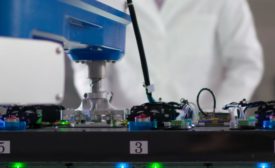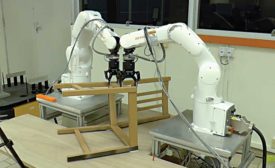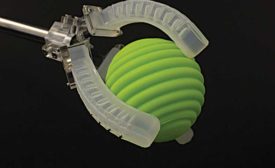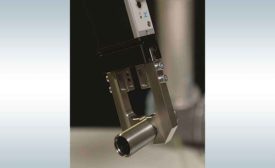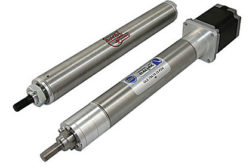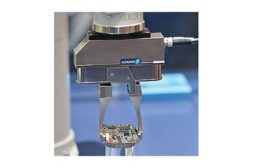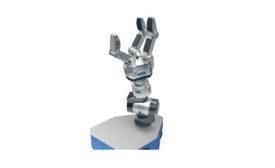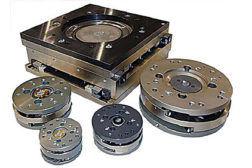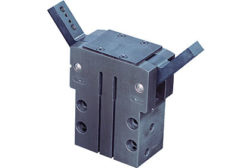Home » grippers
Articles Tagged with ''grippers''
Grippers for Small Parts
Grabbing, moving and placing tiny parts is no problem—with the right gripper or cup.
December 8, 2017
advertisement
How to Choose Between Electric and Pneumatic Actuators and Grippers
March 8, 2016
SCHUNK on Automation
SCHUNK Grippers Have Set Assembly Benchmarks for More Than 30 Years
September 30, 2013
Never miss the latest news and trends driving the manufacturing industry
Stay in the know on the latest assembly trends.
JOIN TODAY!Copyright ©2024. All Rights Reserved BNP Media.
Design, CMS, Hosting & Web Development :: ePublishing
